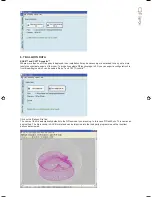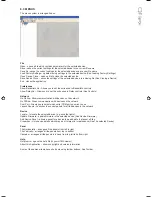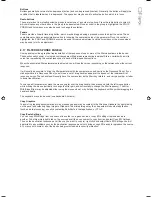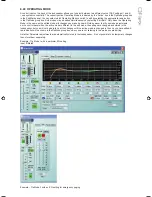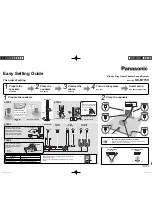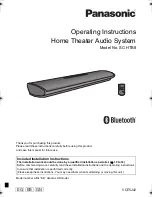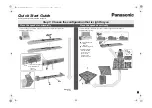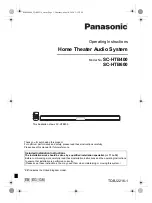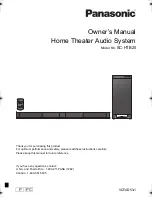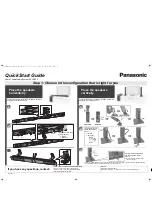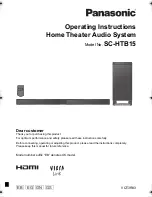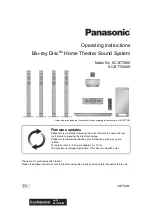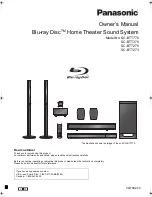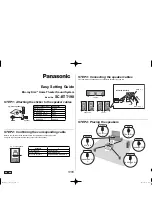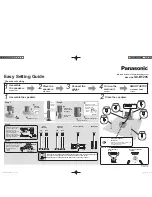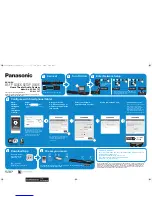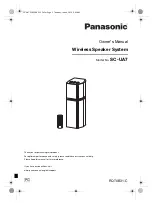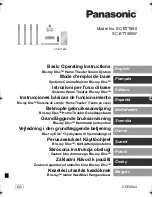
6.8 BEAMENGINE – FREQUENTLY ASKED QUESTIONS
Q. If I’m adjusting Master Beta, what LF driver utilization compromises do I suffer in adjusting to less than “1”?
A.
Master multiplication factor to apply to regularization factors beta given in global A.wf(woofer) and A.tw(tweeter).
Normally masterbeta = 1, but it can be reduced to 0.1, trading some SPL for sharper directivity at the lower end of
each sub-array’s (tweeter or woofer) working range. The default settings will be fine in almost all applications.
Q. Why do some SPL plots of different surfaces further into the room start from the X=0 position?
A. The SPL-curves report the sound pressure along the venue items. For curves of ceiling venue items (pointing
downwards) it does not make sense to position these along the x-axis, so all ceiling items start at x=0.
Q. I noticed that I can skew the coverage pattern of the array by putting in differing SPL values for any SPL surfaces.
Any caveats in doing so? I’m just trying to steer a bit more energy onto the balcony front where the sound booth
A. You can vary the intensity of each beam separately as well as adjust the intensity from the front to the rear of each
audience plane. You should also treat the target SPL inputs (SPL (x1) & SPL (x2)) as a tool to vary the intensity of
the respective beams.
6.9 SOME DESIGN TIPS
In many applications a larger QFlex model at the front of the building will suffice. A single QFlex model has the capability
of generating a number of independent beams and creating even SPL distribution over very large areas, so no need for
delay loudspeakers.
Beware of mounting the loudspeaker too low. The venue will most probably be empty when demonstrating or commission
the project. Remember that people stand up and sit. Make sure that when people stand they are not masking the sound
at the back of the room.
For effective vocal reinforcement in venues with very long reverberation times, do not be tempted to use too small an
array. A QFlex 16 has effective steering control above 700Hz.The content of many vowel sounds occur below 700Hz. If
the RT60 is particularly high, consider using a larger QFlex array.
Even in highly reverberant environments QFlex is capable of directing sound in a laser like manner. Sometimes to create
some ambience it may be necessary to widen the beam slightly to create a natural sounding experience.
In very large venues where there may be features of the building which shadow the direct sound, for instance columns.
Using smaller delayed QFlex models may be necessary to provide complete coverage. Remember – there is 1000ms of
delay on board.
For more upbeat program materiel including music it may be necessary to compliment the QFlex with a subwoofer. As
part of the VNET family QFlex can be networked with a VNET Subwoofer if necessary.
Summary of Contents for Qflex
Page 1: ...u s e r m a n u a l...
Page 34: ...Input A muted...














